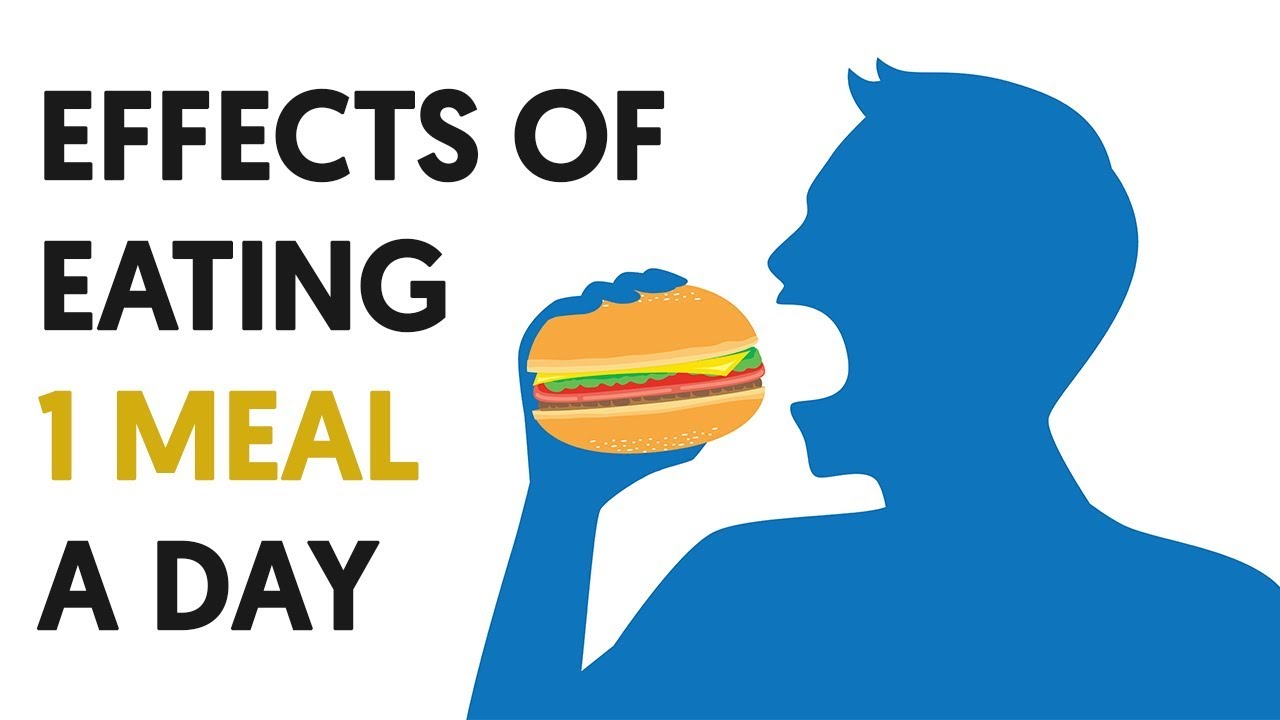
You can find out more about MyPlate by reading our articles on MyPlate food categories, serving sizes, and plant-based foods. We also discuss how important it is to eat plenty of healthy, vitamin-rich fruits and vegetables. Healthy Eating Plate information is meant to be a resource for educators and health-conscious individuals. Although we offer suggestions for healthy eating, exercise and other health-related topics, we don't endorse any products or recommend any particular exercises or diets.
MyPlate
MyPlate's eating healthy plate encourages Americans eat at least half of their plate as fruits or vegetables. Circulation published a study that followed 108,000 people for 30 years. It found that eating the recommended amounts of fruits, vegetables, whole grains and legumes decreased the mortality rate and increased the chance of developing type 2. These findings are positive, but there are some flaws to the MyPlate healthy eating plate. Here are some problems with the MyPlate healthy eating plate.
MyPlate food categories
The MyPlate Plan offers a guide to healthy eating. It focuses on five food types: grains (fruits), dairy, protein and vegetables. The recommended serving size is half of your plate made up of these five food groups. Consider whole grains and not refined grains like white rice or bread. You can then choose the right serving size for you. Also, choose foods that are rich in dietary fiber, calcium, iron, and potassium.

Serving sizes
We all have heard of serving sizes. But, how do we know how much each serving actually is? The truth is, serving sizes on food labels vary from one package to the next, and we need to pay attention to these amounts to stay healthy. If you're not sure what to eat, the Nutrition Facts label is a great place to start. The table below will show you the serving sizes of many foods.
Plant-based foods
Although eating plant-based foods can provide many health benefits, it can be challenging to make the transition. A plant-based diet will require significant lifestyle changes. These tips will help you get started if you are interested in switching to a plant-based diet. Eat at least half of the food you eat from plant-based ingredients. Eat more whole grains and beans, especially those high in fiber.
Lean protein sources
Lean protein sources contain low calories and are rich in protein. Protein can support many body functions like the regulation of blood sugar and help you feel fuller for longer periods. There are many different types of protein you can choose from. Here are some options to add to your daily meal. Below are the top sources of protein. All contain less than 100 calories per serving. The best source of protein is one that contains less then 10 grams of total fat, and less than 4.5 grams of saturated.
Sugars
A great way to keep fit and healthy is to reduce sugar in your diet. You can use the nutrition facts label to see how much sugar and what you can replace it with. You can find out more by reading the label. Most foods will have a list of the sugar they contain. While sugar isn't necessary for our daily lives, it shouldn't be ignored.

Alternatives to meat
You can create healthy plates by using meat substitutes. While many varieties may look like meat products, they are actually made from plants. For example, mycoprotein is a common meat substitute. It is rich in protein, fibre, and has little or no saturated fat. It is also easily soluble with water, making this a great ingredient for cooking. It is also flavorful and can be used in cooking to make sure that your meal tastes great even without meat.
FAQ
Can I eat the fruits of my intermittent fasting diet?
Fruits are great for you. They provide vitamins, minerals, fiber, antioxidants, and other nutrients. But, they can also contain sugar that can spike blood glucose levels. This can lead insulin resistance and weight increase. You can lose weight by following an IF diet. Make sure to eat low glycemic fruits like apples, pears and berries.
How do I create an exercise routine?
Create a routine. It is important to plan what you will do each morning and how much time you will be doing it. This will help you plan ahead and prevent procrastination.
The second thing is to ensure that you have plenty of variety in your workout. You don't want to become bored with exercise because then you won't stick with it.
It is important to track your progress. It is crucial to track how much weight has been lost or gained.
It's easy for people to lose motivation when they start by losing weight. You may find it difficult to stay motivated if your weight increases.
It is important to find the right balance between weight gain or weight loss. If you are unhappy with your current situation, you will be less inclined to exercise.
What is the difference between intermittent fasting or calorie restriction?
Calorie restriction means eating less calories than your body requires. Intermittentfasting is different as it doesn’t require you to restrict your calories. Intermittent fasting focuses more on eating fewer calories every day.
Intermittent fasting can be more effective as it allows you to eat the foods you love and not feel guilty.
Both methods have their merits and weaknesses. You have to decide which method you prefer.
How can busy people lose fat?
Losing weight is as easy as eating less and working out more.
If you eat too much food, you'll gain weight. You'll gain weight if you don't exercise enough. If you combine these two simple behaviors, you can lose weight.
What is the best exercise for busy individuals?
Exercise at home is the best method to stay fit. You don't need to join any gym. It is possible to perform basic exercises at home with minimal equipment.
You just need to have a pair of dumbbells, a mat, a chair, and a timer.
It is important to be consistent in your exercise routine. You could lose motivation if your workouts are not consistent for more than a few consecutive days.
Start by lifting weights 3x per week. You could do push-ups and pull-ups as well as squats, lunges or push-ups.
Once you have mastered the basic movements, it is possible to move on to other types such as running and jumping rope, skipping or yoga, Pilates, dance, swimming, weight lifting, tennis, golf, playing basketball, soccer, volleyball, badminton or squash.
Make sure you choose the right exercise program for your needs. Avoid exercises that demand too much energy if you work long hours.
If you're a night owl then it is better to exercise in the evening than in the morning.
Pay attention to your body. Don't be afraid to stop when you get tired.
How long should I fast intermittently to lose weight
The answer isn't as easy as it seems. A number of factors need to be considered when determining how many days of fasting are needed for optimal fat loss. These are:
-
Your age. You may find intermittent fasting too difficult if you're younger (under 40) because you have less time between fasts. On the other hand, if you're older (over 60), you may find that you don't have enough energy to sustain an extended period of daily fasting.
-
Your current body composition. Your current body composition. If you have a lot more muscle mass than you need, then you will likely be more successful with longer fasting periods. However, if you have little muscle mass, then shorter periods of fasting may be better suited for you.
-
How physically active are you. If you exercise regularly, you may need to extend your fasting window to ensure that you still get adequate rest between workouts.
-
Your past medical history. Some people with medical conditions like diabetes, heart disease, cancer, etc., may require additional fasting monitoring.
-
How well do you tolerate stress? Stressful situations often cause us to eat more. You might need to lengthen your fasting windows in order not to have this problem.
-
The type of diet you follow. Certain diets, like ketogenic diets, may require even longer fasting periods.
-
Your quality of sleep. The quality of your sleep is also a factor in increased appetite and decreased metabolism. Therefore, it may take some experimentation before determining what works best for you.
-
The amount of protein that you consume. The ability to stabilize blood sugar levels. Eating more protein can lead to lower insulin levels. This would allow you be more consistent in your fasting.
-
No matter if you are trying gain or lose weight. People trying to gain weight often need longer fasting periods than people trying to lose weight.
-
What proportion of calories do your fasting hours allow you to consume? Fasting fewer calories per day may result in greater fat loss than fasting for more calories per day.
-
Your overall fitness. The metabolic rate of fast people who are fit is higher, which means they burn more calories each day.
-
Your gender. Men are more hungry than women so they may have to fast for longer periods. Women have smaller appetites than men, so they may need to fast just 20-30 minutes each day.
-
Your lifestyle. Are you someone who is active? Are you able to exercise several times per week? Are you a worker who sits at a computer all day? These factors can impact how fast you should be moving.
-
How much do you spend per month on food? It doesn't always mean that you should spend a lot of money on groceries if you eat healthy foods. Whole grains can be replaced by white bread, fruits can replace candy bars, and lean cuts of meat can be used to save money.
-
It is vital that you control your hunger. You may not have to fast as often if it is important to eat regularly.
Statistics
- According to a study sponsored by the American Council on Exercise, a person weighing around 140 pounds (64 kg) would burn 108 calories at a 30-minute beginner's Pilates class or 168 calories at an advanced class of the same duration (26). (healthline.com)
- It's estimated that half of all American adults attempt to lose weight every year (1Trusted (healthline.com)
- One 6-month study showed that simply doing 11 minutes of strength-based exercises 3 times per week resulted in a 7.4% increase in metabolic rate, on average. (healthline.com)
- Another study found that 24 weeks of weight training led to a 9% increase in metabolic rate among men, which equated to burning approximately 140 more calories per day. (healthline.com)
External Links
How To
How to Intermittent Fasting
Intermittent fasting, a type of dieting that allows you to only eat one time per week, generally Monday through Friday. The idea behind this is to reduce your overall calorie intake while still getting adequate nutrition. It's believed that this helps burn fat faster than if you were eating normal meals throughout the entire week.
The most popular form of IF is to limit calories to certain days. This would be a way to skip breakfast and eat whatever you want throughout the day. You can also opt to eat three small meals a day instead of two large.
There are many types of intermittent fasting. Each form of intermittent fasting comes with its own pros and cons. Alternate-day fasting is the easiest method to get started because it doesn't require any significant lifestyle changes. However, for some people it can be difficult to follow a strict diet, so they may prefer to explore other options.
Alternate-day fasting is a good option if you are looking to begin an intermittent fasting program. This will allow to slowly transition to more extreme fasting regimens without drastically changing your lifestyle.